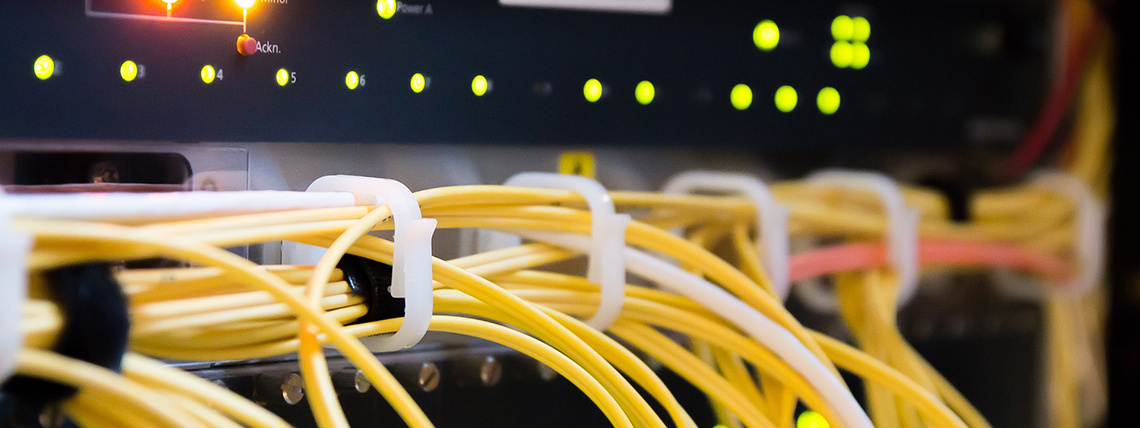The articles of the current edition are available on the new site.

After Covid-19 pandemic outbreak, the lockdown decreed by the Government imposed to rethink our life and even Politecnico’s activities. Students and staff moved their activities online, with resulting increased network traffic and infrastructure stress.
A research by the SmartData@PoliTO Center, with the collaboration of PoliTo’s Information Technology Area, pictures the internet traffic shift seen from Politecnico’s servers, revealing remarkable data.
Led by Marco Mellia – Professor at the Department of Electronics and Telecommunications and coordinator of SmartData@PoliTO Center – and composed by Martino Trevisan, researcher, Francesca Soro and Thomas Favale, PhDs, and by Idilio Drago, researcher at the Università degli Studi di Torino, the team monitored internet traffic from the 1st of February to the beginning of April, in order to recognise how the situation evolved.
The launch of online teaching and remote working produced a complete overturning of inbound and outbound traffic. The incoming connections plunged, while the outbound traffic increased, exactly because the venues have emptied. The input data diminished of 5 times (from 1,5 Gigabit per second to little more than 300 Megabit), while the data output registered an increase of almost 3 times (from 1 to 2,5 Gigabit per second). Online teaching alone consists of 16thousand daily accesses for Politecnico’s students that everyday attend more than 600 video streaming lessons.
“Compared to before the emergency - explains Martino Trevisan - there has been a relevant increase in video streaming traffic and a reduction in normal web traffic, due to online lessons. A common phenomenon in this period, think of the audience increase of online streaming services, which in PoliTO’s case has yet undergone a significant surge, due to the decision of installing in house servers for remote teaching".
These changes exposed the internet to unprecedented stress, all over the world. However, the internet has very well withstood the shock. In particular, at Politecnico, thanks to its ample computing capacity and to a high-level service, the network never exceeded 15% of its capacity.
Politecnico’s internet traffic monitoring also allowed the research group to verify the differences between the various operators and to quantify the digital gap among Italian regions. “The relevant fact observed by monitoring the internet traffic of the students stuck in their places of origin - explains again Trevisan - is that there are no great differences between the Italian regions and that there is an uneven situation, in spite of the good performance shown".
In this sense, Politecnico’s measures can become a model to follow even after the emergency is over. PoliTO has in fact relied on internal structures and knowledge, enhancing over time the service and the Information Technology Area staff to manage it. “This experience could be useful in the future - notes Francesca Soro - to introduce a web development strategy. Previously the internet was considered by some as an accessory service, while now we have realized how important the network infrastructures are for work and life". The work done during the pandemic and the lockdown led to mature a unique experience, which will be available to serve local needs.
“We are standing in front an opportunity – adds Thomas Favale – Implementing online courses would help the students who cannot reach Torino and would even advantage quality of life and study inside Politecnico’s venues, releasing resources and improving services. The collected data will serve to optimize the systems”.
Professor Marco Mellia, head of the research project, concludes: “Politecnico’s great effort to set online courses led to success: it was a technical challenge and a winning choice, given the satisfaction of the primary users, namely our students. The internet properly responded to the impact of rising connections, so that we can think about the future of remote working, long-distance collaboration and online teaching”.